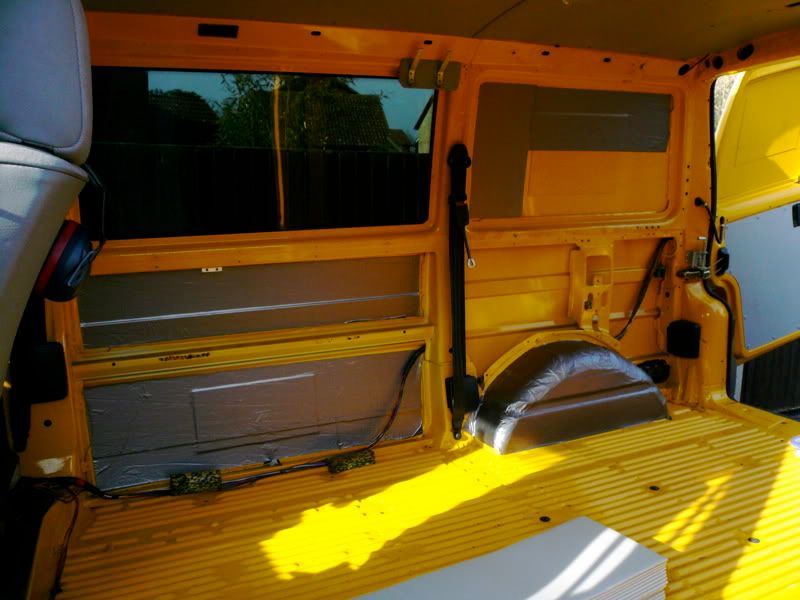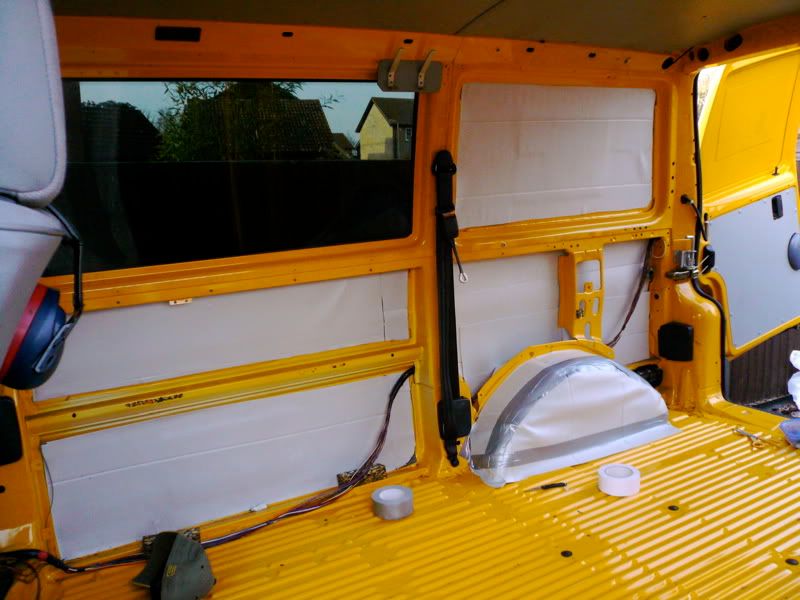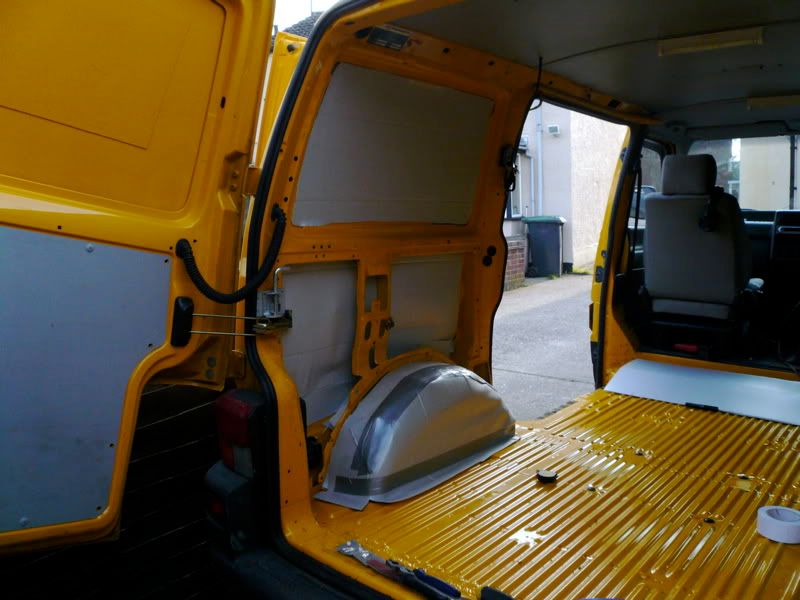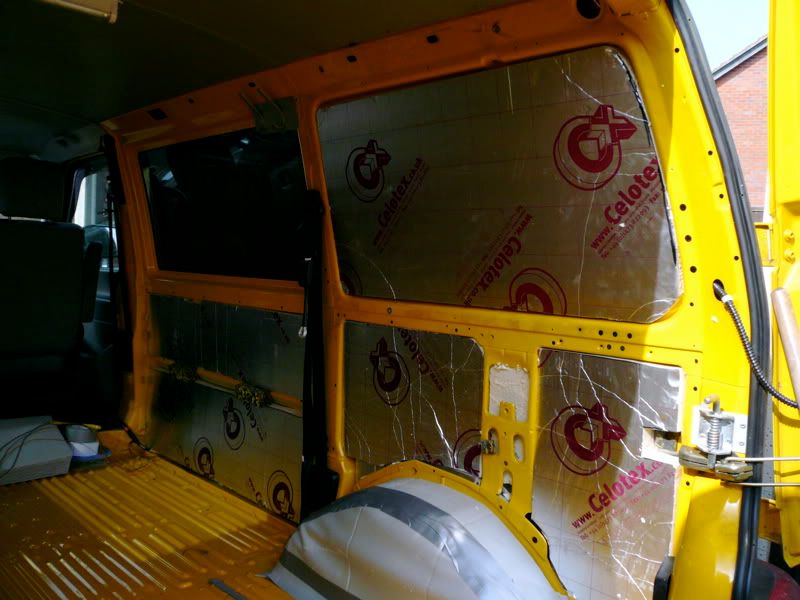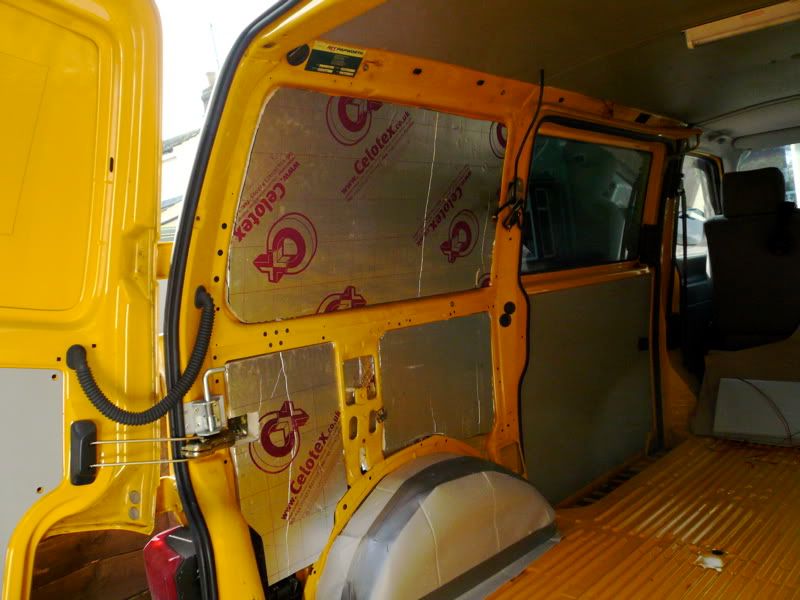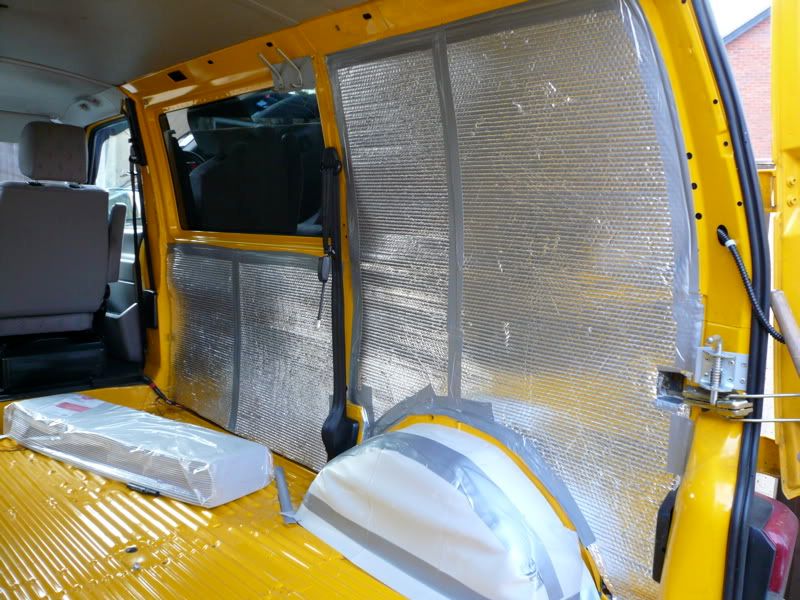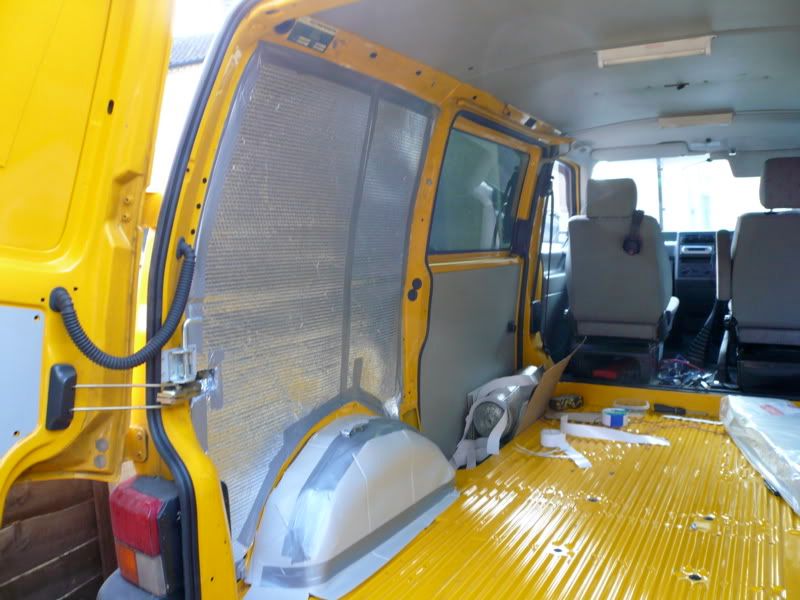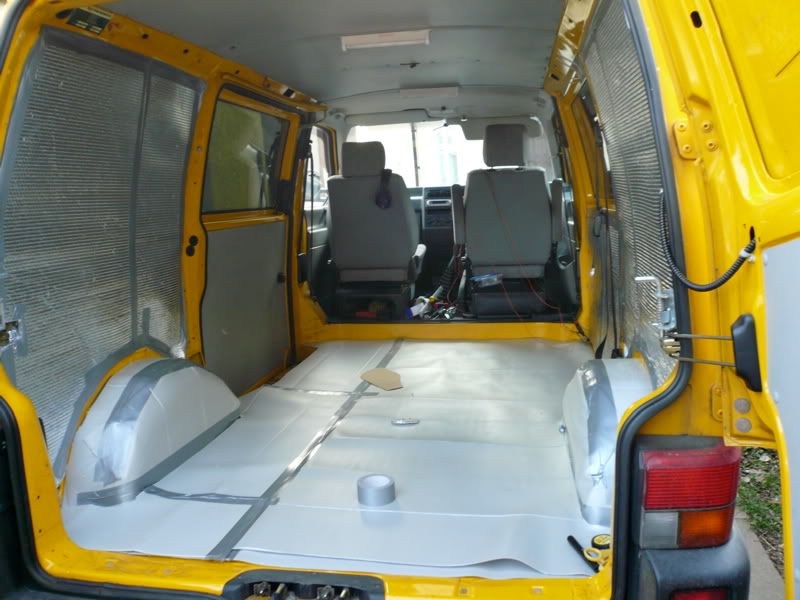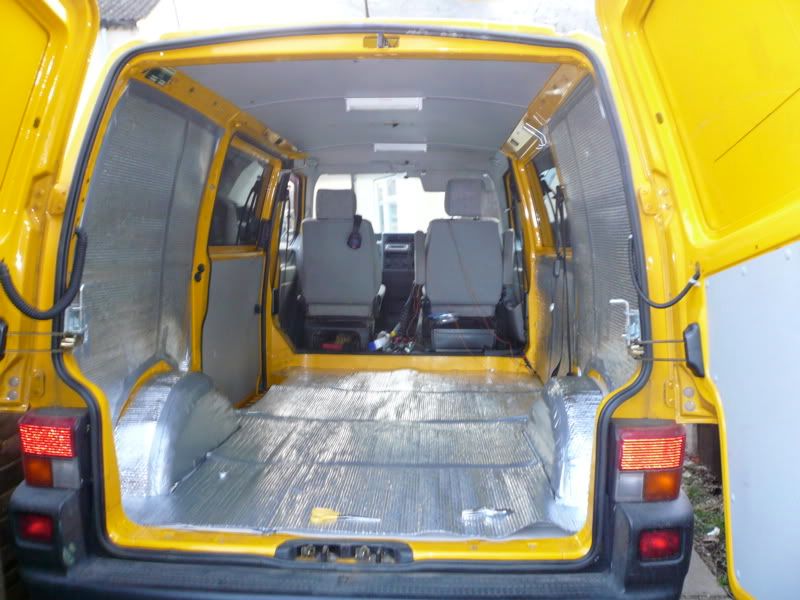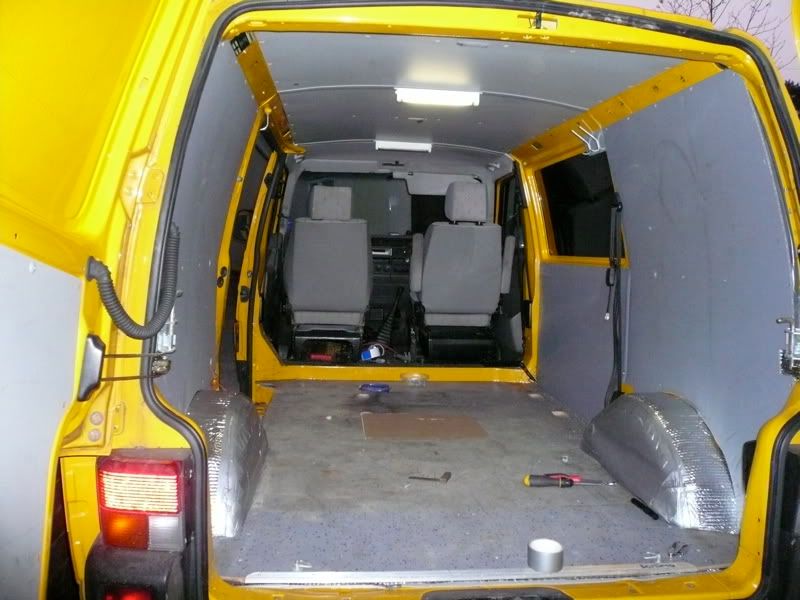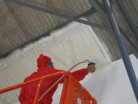http://www.interieur.gouv.fr/A-votre-service/Mes-demarches/Transports/Obtention-du-permis-de-conduire/Permis-pour-les-voitures-categorie-B/Permis-B-validite-et-principales-caracteristiques
Véhicules pouvant être conduits avec le permis B
Véhicules pouvant être conduits avec le permis B
Le permis B permet la conduite des véhicules dont le PTAC (poids total autorisé en charge) est inférieur ou égal à 3,5 tonnes.
Aux véhicules de cette catégorie peut être attelée une remorque dont le PTAC est inférieur ou égal à 750 kg.
Peuvent aussi être conduits avec le permis B
les mêmes véhicules attelés d'une remorque lorsque le poids total
autorisé en charge (PTAC) de la remorque est supérieur à 750
kilogrammes, sous réserve que la somme des poids totaux autorisés en
charge (PTAC) du véhicule tracteur et de la remorque de l'ensemble
n'excède pas 3,5 tonnes.
Véhicules pouvant être conduit avec un permis B obtenu avant le 20 janvier 2013
Les droits acquis par les détenteurs du permis B obtenu avant le 19 janvier 2013 sont maintenus.
Il en est ainsi notamment pour le permis B
délivré avant le 20 janvier 1975 qui permet de conduire un camping-car
de plus de 3,5 tonnes à condition que son titulaire ait fait ajouter le
code 79 sur son permis par la préfecture de son lieu de résidence.
Conduite d'une moto ou d'un tricycle à moteur par équivalence
Par équivalence, le permis B permet aussi la conduite des :
-
tricycles à moteur (véhicules de catégorie L5e),
-
motocyclettes légères (cylindrée n'excédant pas 125 cm3 et dont la puissance n'excède pas 11 KW)
à la double condition que vous soyez titulaire du permis B depuis plus de 2 ans et que vous ayez suivi une formation pratique de 7 heures.
Durée de validité du permis
Le permis B a une durée de validité de 15
ans renouvelable si vous ne commettez pas d'infraction entraînant la
suspension, le retrait ou l'annulation de votre permis et si vous n'êtes
pas atteint de problèmes de santé qui limitent sa validité.

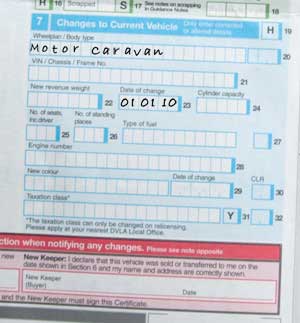
.9D+DW8+FUEL+FILTER+HOUSING.JPG)




